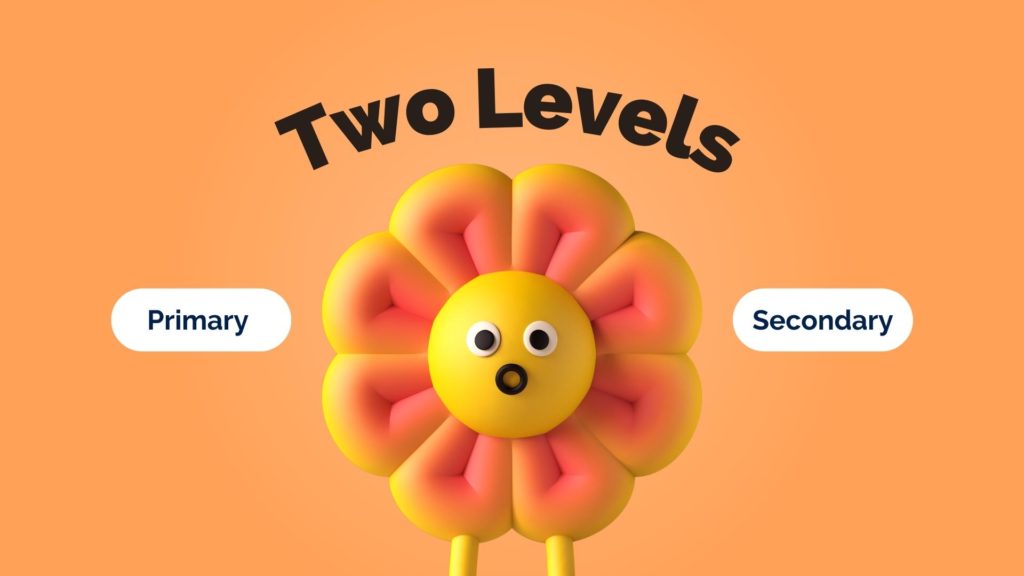Color grading and color correction are two terms that are always and perpetually confused with each other, and I hope today to do some clarity with this post.We call the operator colorist, who in the editing and post-production phase goes to work on the colors of the various images. Generally performs two types of intervention on the film: color correction and color grading.
Among the software most used to make these interventions, we find DaVinci Resolve by Black Magic and Adobe Premiere Pro.

Color Correction
It is a very important procedure to correct any errors in the shot; it happens very frequently that during the shooting. There are interferences given by lights or shadows, contrast problems, or skin complexion. You know when you see colors with your eyes, take a picture, and the colors look completely different?
To balance the file, the colorist corrects the overall color of the images and scenes contained in the video so that everything appears more balanced and uniform.
It is almost always necessary to work on contrasts, increase or decrease saturation, dose lights, and shadows.
This operation can take place at two levels:
- Primary
- Secondary
#1 Primary
For primary color correction, we mean the intervention on the whole image globally. It is defined as secondary, the intervention only on an area of the image or on a color (present in several areas of the image).
#2 Secondary
After having worked on all the various images, this phase is completed when all chromatic level appears uniform and not unbalanced.
This step is essential; often, when you work, you produce content with different cameras and brands. And it is very common that the files produced differ from camera to camera even if the set is the same.
Color Grading
At this point, the colorist is ready for the second fundamental step: it’s time for color grading.
This operation is considered a true art form. It can make the difference between a beautiful video and an amazing video.
In concrete terms, therefore, while the “correction” modifies colors that for some reason were wrong during the shooting, doing the color grading has the purpose of creating pathos, harmonizing scenes, and influencing the viewer through the use of some specific shades of color. Thanks to the color grading. It will be possible to arouse moods, set the scene in an immediately recognizable moment of the day, or suggest a particular setting.
Color, therefore, tells a story by emotionally and psychologically influencing the observer.
To obtain an effective color grading in video editing programs, professionals often resort to LUTs, lookup tables, and files with instructions for transforming colors according to well-defined schemes.